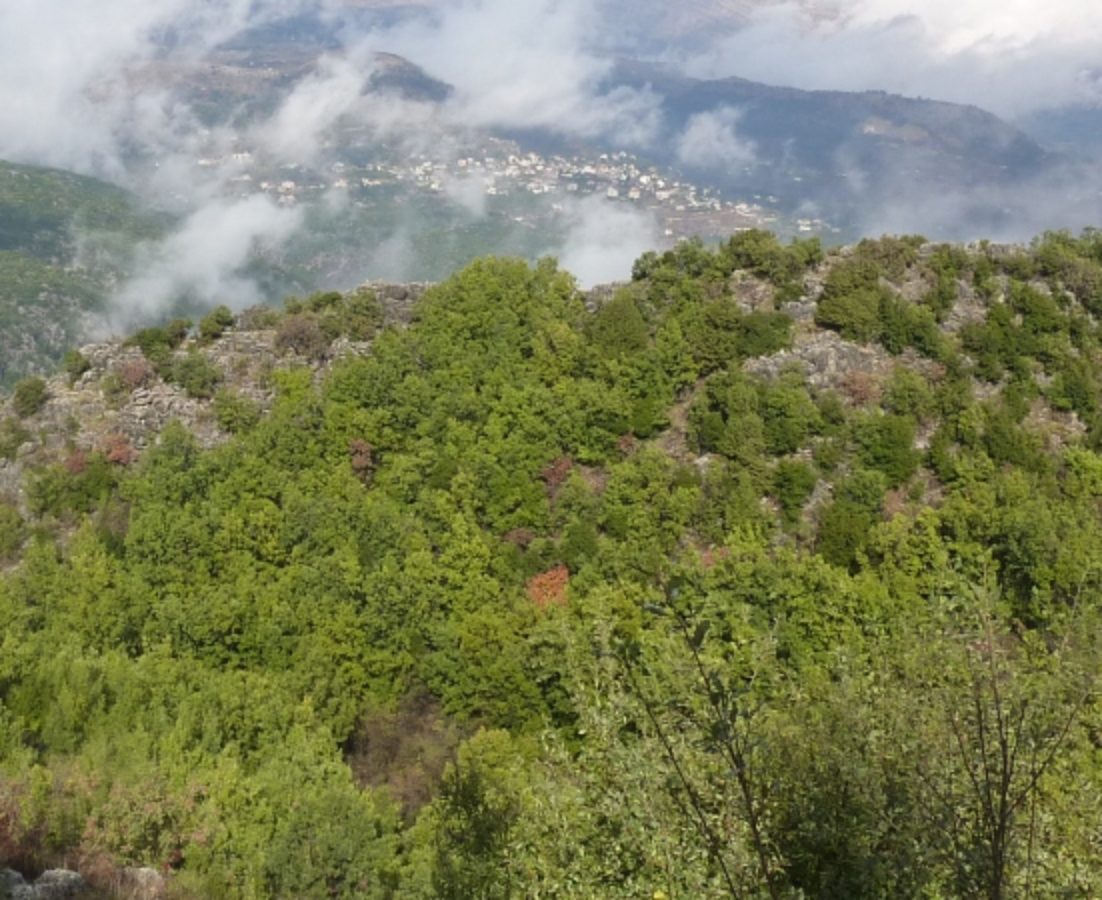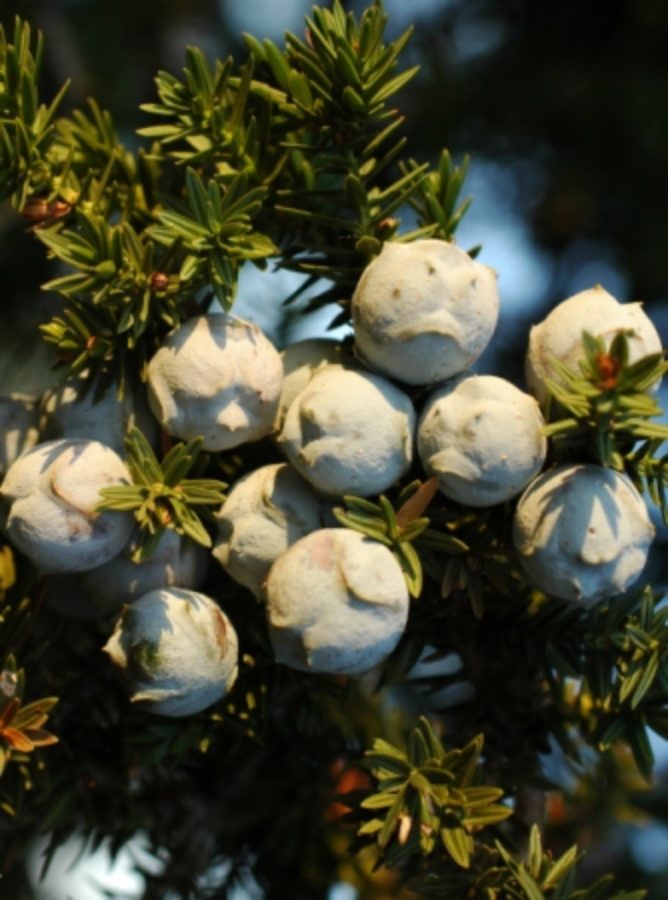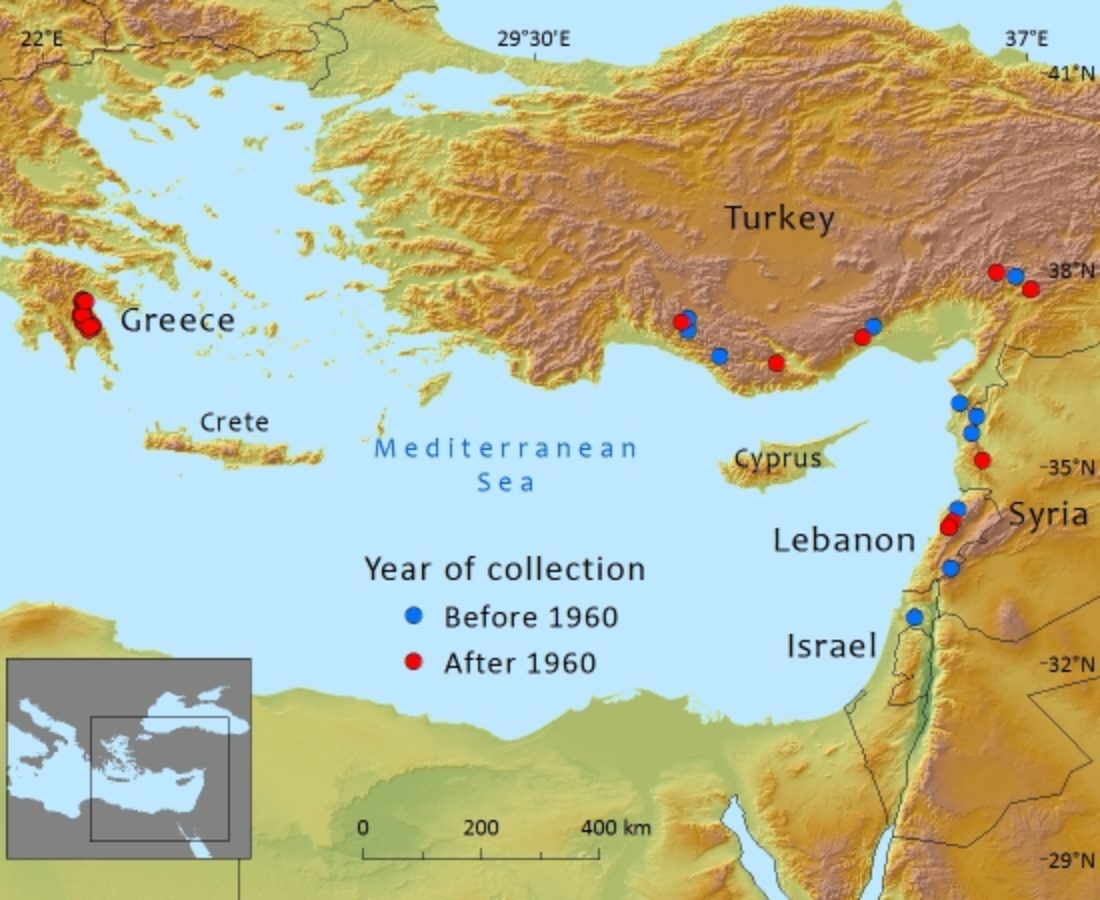Cupressaceae
Juniperus drupacea
Nationally threatened in Lebanon, Syria and Israel where there are small stands which are threatened by fire, agriculture, urbanisation and civil conflict. Globally evaluated as Least Concern.
Human Uses
Limited use although its decay-resistant wood has made the larger trees valuable for timber. The cones, which have high levels of sugar have been used in Turkey for marmalade or as dried fruit.
References and further reading
- Boratynski A. and Browicz K. 1982. Juniperus drupacea Labill. in Greece. Arboretum Kornickie 27: 3-6.
- Güner, A. and Zielinski, J. 1996. The conservation status of Turkish woody flora. In: D.R. Hunt (ed.) Temperate trees under threat, pp.12. Proceedings of an International Dendrological Society Symposium on the conservation status of temperate trees, 30 Sept.-1 Oct. 1994, University of Bonn, Bonn.
- Gardner, M. 2013. Juniperus drupacea. The IUCN Red List of Threatened Species. Version 2015.2. <www.iucnredlist.org>. Downloaded on 01 September 2013
- Tan, K., Sfikas G. & G. Vold. 1999. Juniperus drupacea (Cupressaceae) in the southern Peloponnese. Acta Botanica Fennica 162: 133-135.
- WWF Greece. 2007. Ecological assessment of the wildfires of August 2007 in the Peloponnese, Greece. WWF Greece, Athens.





